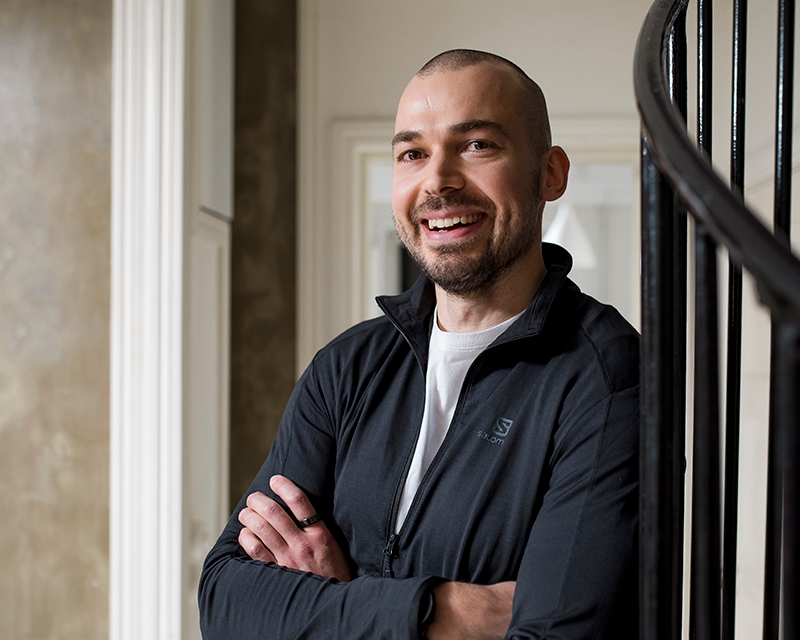
Men's health
We assist with all matters related to men's health and coping
Mehiläinen's urologists and general practitioners are here to help when you want to discuss health or well-being issues. In addition to urinary tract diseases, our urologists are experienced in intimate area matters and sexual health topics.
Prices for appointments with specialists, such as gynaecologists, dermatologists, cardiologists, orthopaedists and ophthalmologists, can be found in our appointment booking service.
| Service | Price estimate |
|---|---|
| Appointment with a specialist, 20 min Price per appointment. | from 99,80 € Without Kela reimbursement from 129,80 € |
| Appointment with a specialist, 30 min Price per appointment. | from 114,80 € Without Kela reimbursement from 144,80 € |
| Appointment with a specialist, 45 min Price per appointment. | from 142,80 € Without Kela reimbursement from 172,80 € |
| Gynaecologist's appointment, 20 min | from 69,80 € Without Kela reimbursement from 139,80 € |
| Gynaecologist's appointment, 30 min | from 74,80 € Without Kela reimbursement from 144,80 € |
| Dermatologist's appointment, 20 min | from 117,70 € Without Kela reimbursement from 147,70 € |
| Dermatologist's appointment, 30 min | from 127,80 € Without Kela reimbursement from 157,80 € |
| ENT doctor's appointment, 20 min | from 112,80 € Without Kela reimbursement from 142,80 € |
| ENT doctor's appointment, 30 min | from 133,80 € Without Kela reimbursement from 163,80 € |
| Paediatrician's appointment, 20 min | from 115,20 € Without Kela reimbursement from 145,20 € |
| Paediatrician's appointment, 30 min | from 134,80 € Without Kela reimbursement from 164,80 € |
| Orthopaedist's appointment, 20 min | from 111,80 € Without Kela reimbursement from 141,80 € |
| Orthopaedist's appointment, 30 min | from 133,80 € Without Kela reimbursement from 163,80 € |
| Appointment with a psychiatrist, 45 min Price per appointment. | from 109,80 € Without Kela reimbursement from 159,80 € |
| Appointment with a psychiatrist, 60 min Price per appointment. | from 120,80 € Without Kela reimbursement from 180,80 € |
| Ophthalmologist's appointment, 30 min | from 127,80 € Without Kela reimbursement from 157,80 € |
| Ophthalmologist's appointment, 45 min | from 138,80 € Without Kela reimbursement from 168,80 € |
Issues and diseases related to men's health
Our specialists treat various symptoms related to urination, if you notice changes in the testicular or genital area, or if you need help with sexual health matters.
Mielten vuoro – honest three-part series
The Mielten vuoro series delves into men's mental health, unspoken emotions, and life's painful turning points. In each episode, three men who are strangers to one another gather in a sauna to openly discuss mental health, emotions, and life’s challenges with psychotherapist Jouni Pölönen.

50+ health check
The Men's 50+ health check is a health check package that includes laboratory tests, a nurse's appointment, and a personalized care plan.

Experiences with prostate cancer and its treatment
Patients of Docrates Mehiläinen cancer center share their personal stories about prostate cancer and the treatment they have received.


